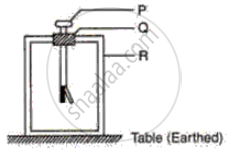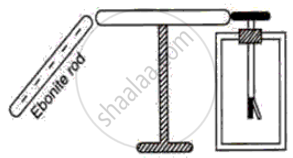Advertisements
Advertisements
प्रश्न
State two characteristics of resistance in the parallel circuit.
उत्तर
Characteristics of resistances in Parallel:
- The sum total of resistances in parallel decreases with the increase in the number of resistors.
- The current flowing in any resistor in parallel will be inversely proportional to resistance i.e., more the resistance, less the current.
- Each resistor in parallel functions independently with respect to the other resistors in parallel.
APPEARS IN
संबंधित प्रश्न
In the electric circuit shown in Figure, label the parts A, B, C, D, E, and F. State the function of each part. Show in the diagram the direction of flow of current.

Name the physical quantity of which the unit is volt
What do you understand by the term electric potential?
What do you understand by the term quantity of electric charge?
What is the electrical potential at a point in an electric field when 24 J of work is done in moving a charge of 96 C from infinity?
The following Figure represents a negatively charged gold Ieaf electroscope. Label the parts, P, Q, and R and the estate whether each is an insulator or a conductor. Also, indicate the distribution of charges on the system in the diagram.

The following figure shows a metal rod PQ mounted on an insulated stand. The cap of an uncharged electroscope touches one end Q of the metal rod. A negatively charged ebonite rod is brought near the other end P of the metal rod.

(a) What charge does the end P have?
(b) What charge does the end Q have?
(c) What charge does the cap of the electroscope have?
(d) What charge does the gold leaf have?
(e) Will the leaf diverge or collapse? Give reason.
(f) If the electroscope is now earthed, what charge does the metal rod have?
